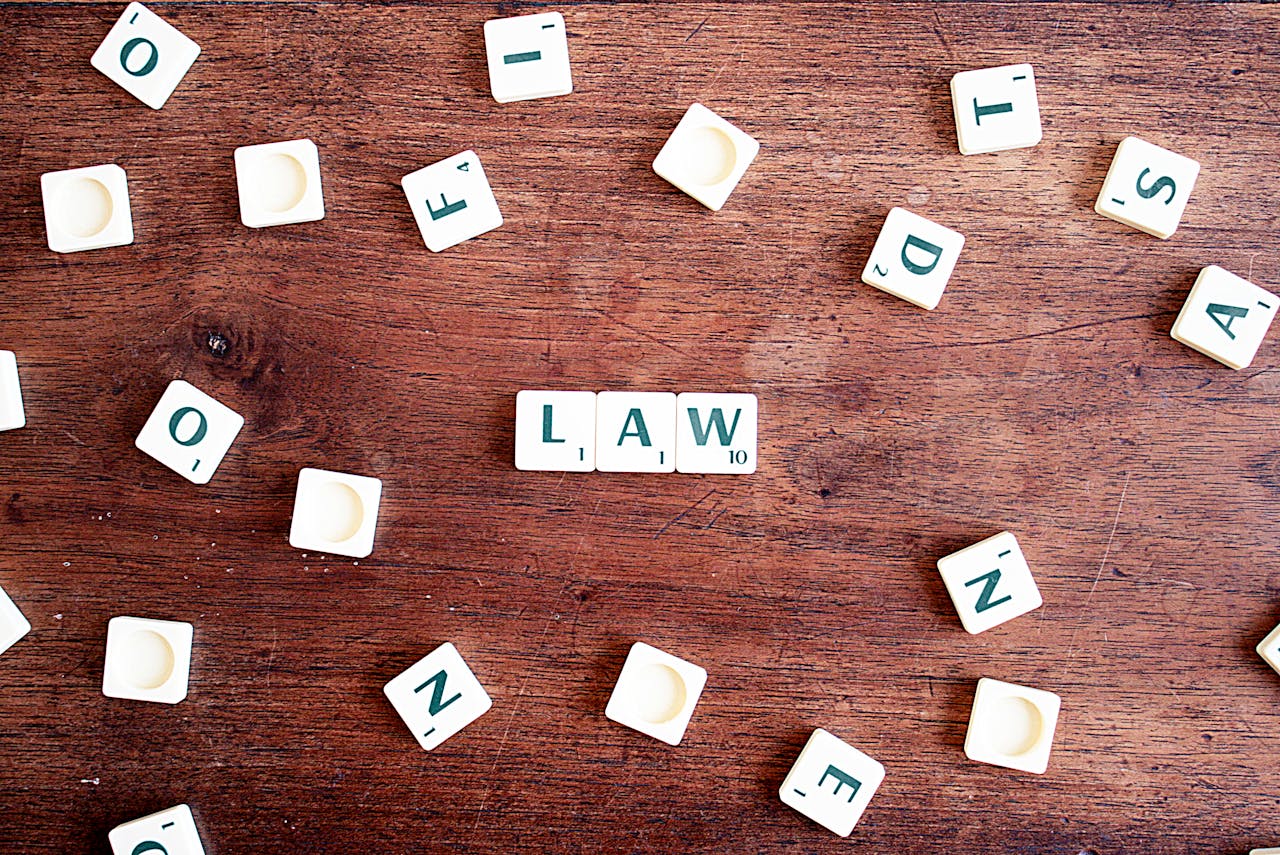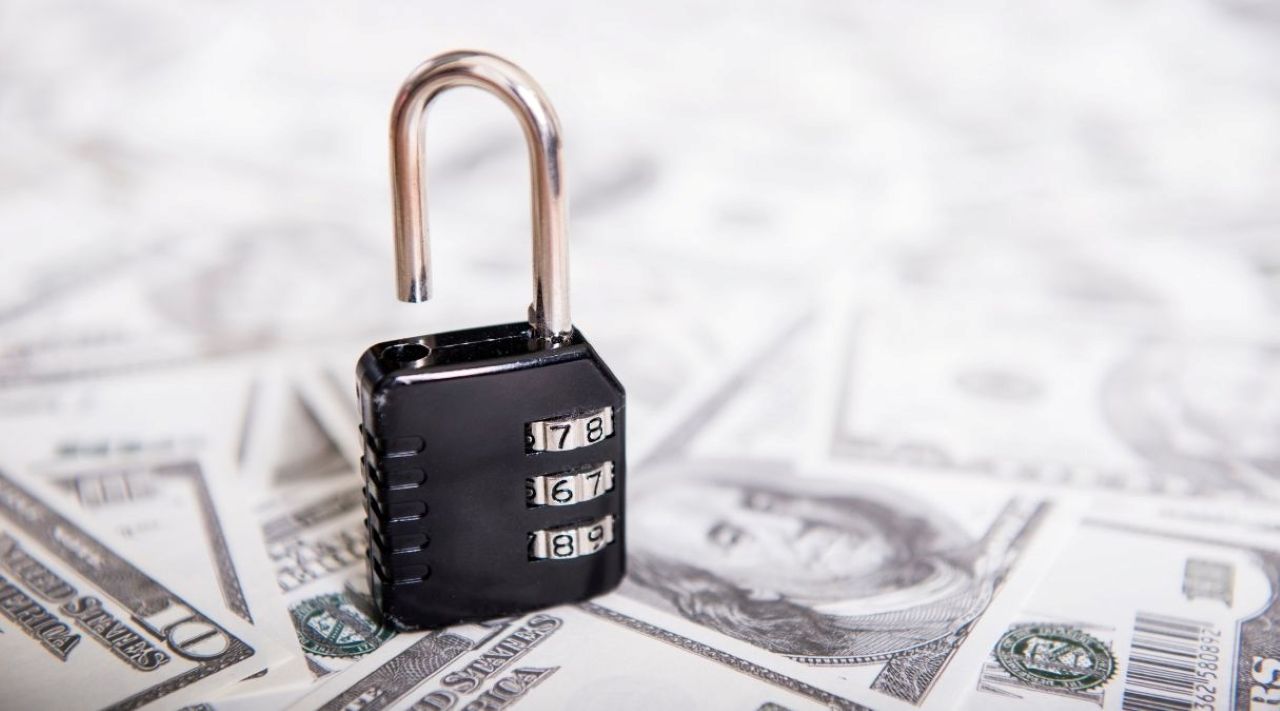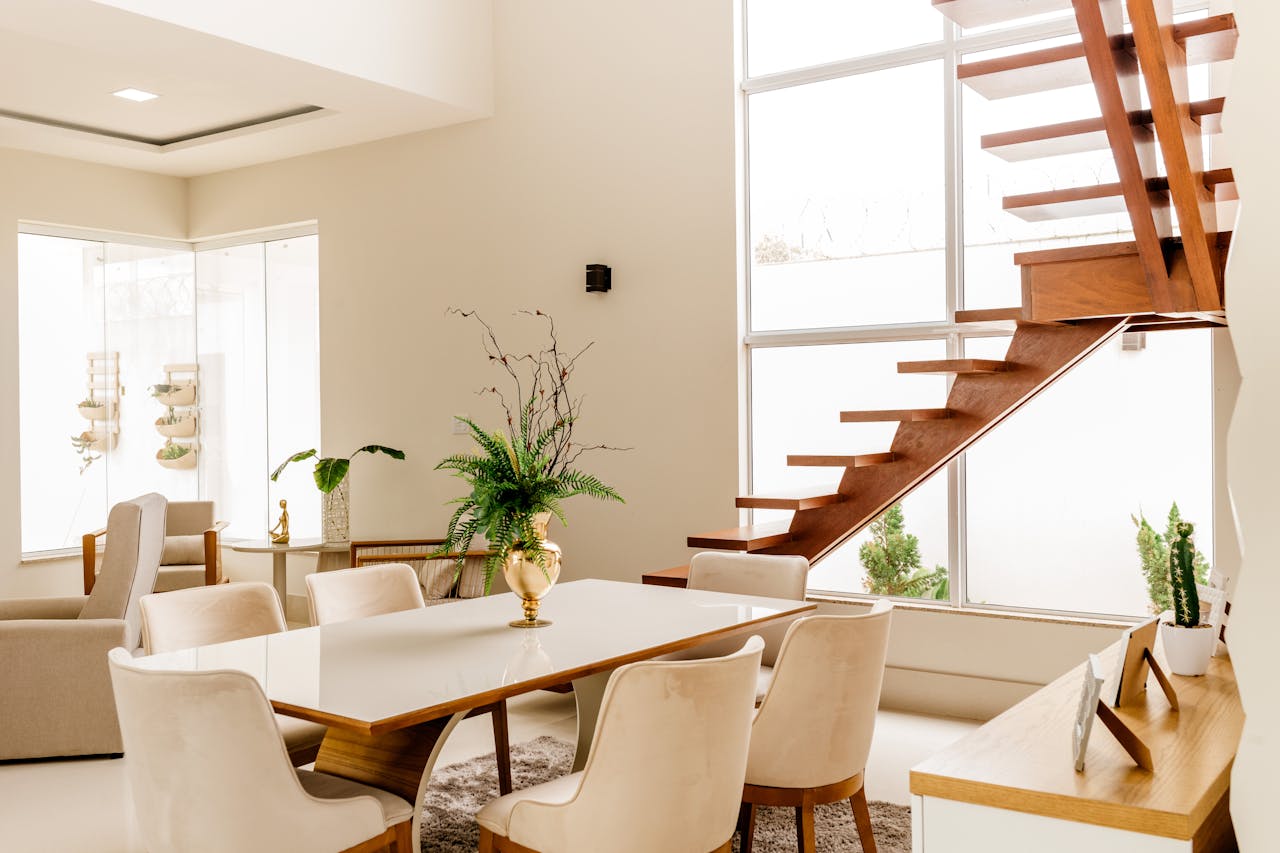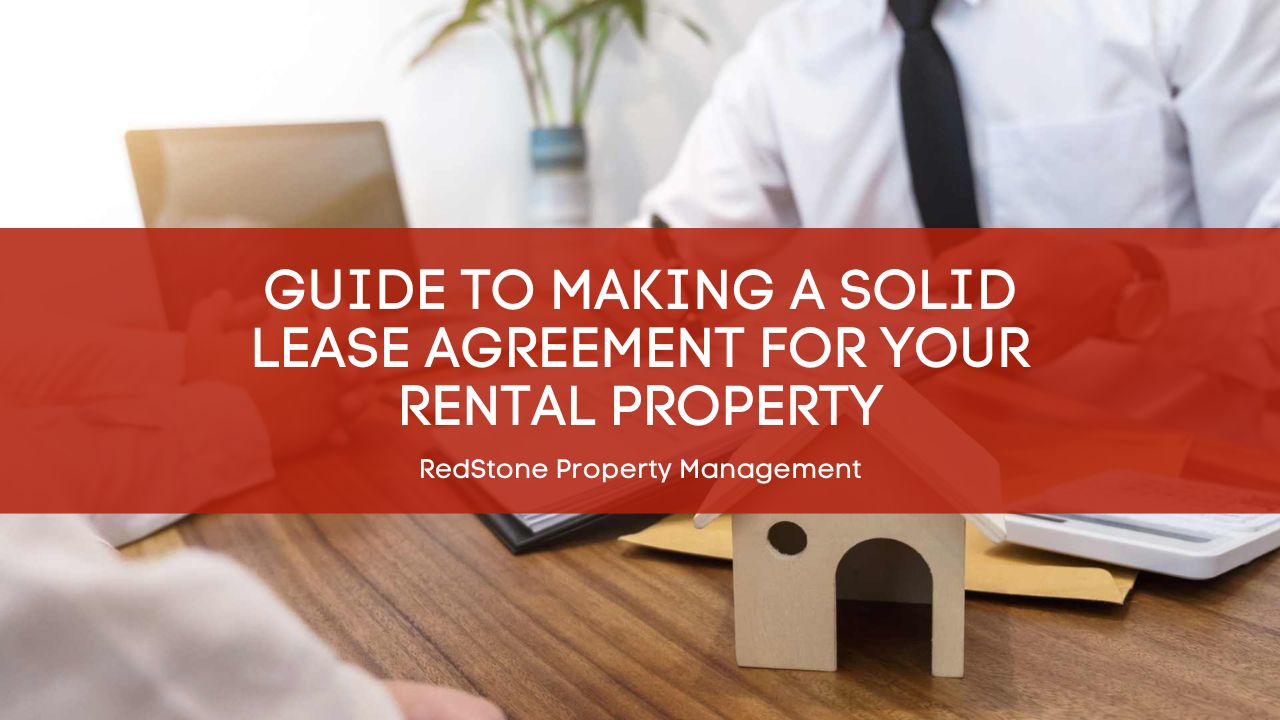Key Takeaways
Always use a written lease: Verbal agreements are risky and often unenforceable in legal disputes; a written lease protects both landlord and tenant.
Customize your lease: Generic templates aren’t enough—tailor your lease to reflect your specific property features and local laws.
Clarify responsibilities and rules: Define maintenance duties, security deposit terms, and property use rules to avoid misunderstandings.
Consult professionals when needed: A property manager can help ensure your lease is legally compliant and protects your investment.
If you’re planning to invest in a rental property or are already a landlord, you should never rely on verbal agreements. Without written proof, it's difficult to enforce terms or hold tenants accountable for obligations such as paying rent on time or maintaining the property.
Spoken agreements can lead to disputes over what was actually agreed upon, especially in cases of eviction, damage, or late payments. In legal proceedings, the lack of written documentation can severely weaken a landlord’s position, leaving them vulnerable to financial loss or prolonged tenant issues.
A well-written lease agreement is one of the best tools a landlord has to protect their investment. This document can help prevent misunderstandings by clearly outlining the terms of the rental arrangement, including rent amount, payment schedule, maintenance responsibilities, and key policies like pets or subletting.
Additionally, the lease can serve as a point of reference for expectations, helping to foster a more positive and professional landlord-tenant relationship.
If you want to write a lease agreement for your Burlington rental but don't know how to get started, you’ve come to the right place! In this article, the experts at RedStone Property Management will go over our tried-and-true best practices for drafting solid lease agreements.
1. Research the Local Landlord-Tenant Laws
Every state has its own landlord-tenant laws. These rules cover areas such as security deposit limits, notice periods for eviction, habitability standards, and fair housing laws. Failing to comply with these regulations could render parts of your lease void or even lead to legal penalties.

Before you start drafting a lease agreement, make sure to take the time to review the legal requirements in your jurisdiction. Sites like your state’s housing department or a local tenant-landlord board are great starting points.
2. Use a Customizable Template
You can find plenty of lease agreement templates available online. You should avoid relying on a generic template without adjustments. Every rental property is unique, and the lease should reflect that.
Tailor the template to account for property-specific features, like parking spaces, utilities, furnishings, or shared amenities. Customization ensures the agreement accurately represents the expectations for both parties and avoids blanket clauses that may not apply in your location.
3. Clearly Define All Parties and Property Details
Make sure your lease identifies all parties involved. Write down the full legal names of the tenant(s), along with the rental property address, including unit number if applicable.
If you’re renting to multiple tenants, list each person separately. This ensures all tenants are legally accountable for following the lease terms and making payments.
4. Address Security Deposit Terms
Security deposits are a common source of disputes between landlords and tenants. That’s why it’s important to be clear about the terms and requirements for the deposit in the lease.
Make sure to specify the deposit amount, when it must be paid, where it will be held (if your state requires specific handling), and under what conditions it will be returned.

Be sure to list reasons you may retain part or all of the deposit, such as damage beyond normal wear and tear or unpaid rent. Include the timeframe within which you will return the deposit after move-out.
5. Outline Maintenance Responsibilities
Property upkeep is a shared responsibility between landlords and tenants. But if your renters don’t know what they’re responsible for, they won’t be able to keep up with their end of the deal. That’s why you should clearly outline the maintenance responsibilities of both parties in the lease.
Keep in mind that landlords are generally responsible for the bulk of the work, which includes major repairs, plumbing, HVAC, and structural issues.
Tenants, on the other hand, are responsible for everyday upkeep like changing light bulbs, replacing smoke detector batteries, maintaining cleanliness, and notifying the landlord of issues in a timely manner. Spelling out what’s expected of each party can help you avoid misunderstandings or neglect when maintaining the property.
6. Document the Condition of the Property
Before move-in, conduct a detailed walk-through inspection of the unit with the tenant. Then, create a move-in checklist or condition report. This document should be attached to the lease, along with any photos taken during the inspection, and signed by both parties.
This documentation will make it easier to distinguish between existing wear and tenant-caused damage at move-out, preventing security deposit disputes.

7. Establish Rules for Property Use and Conduct
When it comes to writing a lease agreement, it’s better to be safe than sorry. To avoid misunderstandings and liabilities, it’s best to include clauses about the proper use of the property to protect your investment. This may cover things like:
No illegal activity on the premises.
Whether pets are allowed in the unit.
Restrictions on alterations.
Whether subletting is allowed, and the conditions for it.
Noise levels and quiet hours.
Rules and restrictions for smoking.
Parking rules or shared facility guidelines.
8. Include Any Mandatory Legal Disclosures
Many states require landlords to add specific disclosures to lease agreements, such as lead paint warnings, information about bedbugs, radon, or asbestos, or information about all the people involved in managing the property.
When renting out your house, check your local requirements and ensure all necessary disclosures are included to ensure compliance.
9. Consult With a Property Manager
If you’re unsure where to begin or want to ensure full legal compliance, consider consulting a professional property manager. These experts are familiarized with the local regulations and can help you tailor your lease to your specific property type and tenant profile.
A one-time consultation may save you thousands in potential legal disputes or property damage caused by ambiguous lease terms. For landlords managing multiple units, building a relationship with a property manager can also ease the burden of ongoing tenant communication and enforcement.
Bottom Line
A lease agreement is more than just paperwork, it's the blueprint for a positive landlord-tenant relationship. A well-written lease defines expectations, protects landlords’ legal rights, and prevents costly misunderstandings.
By taking the time to research the local rental laws, customize your lease to your property’s unique needs, and address key details, you can create a solid and legally compliant lease agreement.
If you need help drafting or reviewing the lease for your North Carolina rental, contact RedStone Property Management! With over a decade of experience, our team can help you create a foolproof lease.






